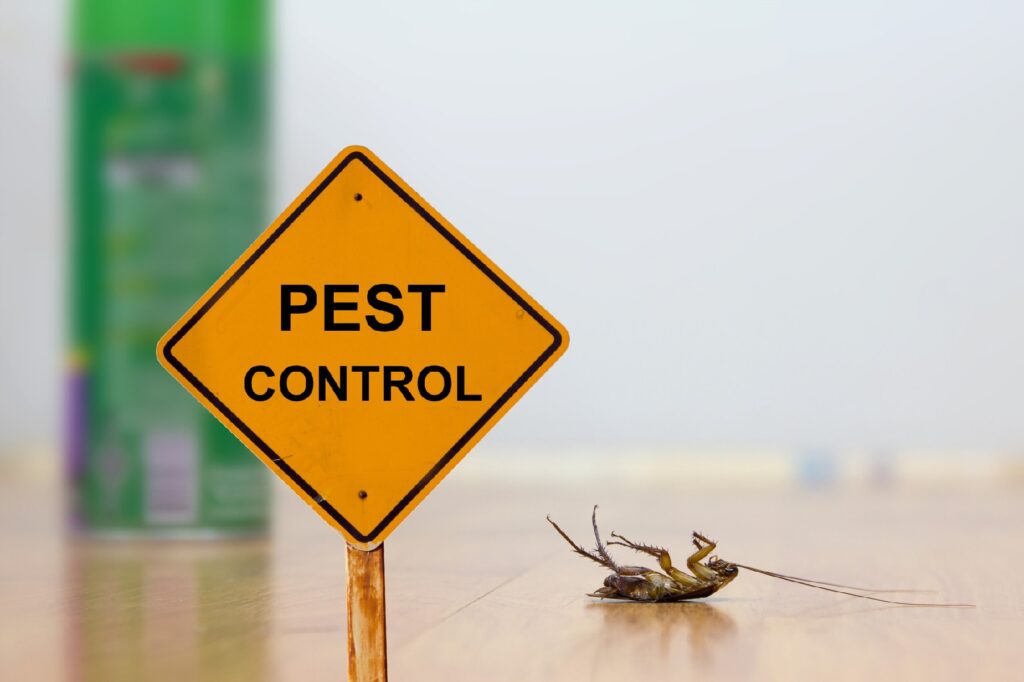A1 Pest Control Charlotte NC Bed Bugs - Specialist Extermination Services
Bed Bug Treatment Malfunction: Contrasting Chemical Vs. Non-Chemical Solutions
In the realm of insect control, especially when handling the persistent problem of bed pests, the choice between chemical and non-chemical treatment options can be a pivotal one. Both techniques supply unique benefits and drawbacks, influencing aspects such as performance, safety factors to consider, and overall cost. By taking a look at the nuanced information of each technique, a clearer understanding of which path to go after in dealing with a bed pest infestation can be acquired.
Performance of Chemical Therapies
Chemical therapies for bed bug infestations have been extensively identified for their powerful and quick effectiveness in removing these bugs. When thinking about the performance of chemical therapies, it is vital to comprehend that they can provide a fast and detailed remedy to a bed insect trouble.
Additionally, chemical treatments have the advantage of using residual results, implying that they can continue to eliminate bed bugs also after the initial application. This residual action is specifically helpful in combating any type of potential re-infestations. Furthermore, the quick activity of chemical therapies can bring alleviation to people dealing with extreme bed bug infestations, permitting them to regain control of their home quickly.
Safety And Security Issues With Chemical Solutions
One crucial element that calls for mindful factor to consider when making use of chemical services for bed pest treatment is making certain the security of occupants and the environment. While chemical treatments can be effective in eradicating bed insects, they might pose risks if not taken care of correctly. Among the primary security worry about chemical services is the possible damage they can create to human wellness. Direct exposure to particular chemicals utilized in bed insect treatments can cause breathing issues, skin inflammation, or other unfavorable responses, particularly in people with pre-existing problems or sensitivities. In addition, incorrect application or dose of chemical pesticides can lead to toxic deposits lingering in the cured area, posing long-term wellness dangers to passengers.
Furthermore, the environmental impact of chemical options is another considerable factor to consider. Some chemicals made use of in bed pest treatments might be damaging to beneficial pests, wildlife, and ecological communities if they leach into the dirt or water systems. It is important to utilize chemical therapies carefully, following safety guidelines, and taking into consideration much less toxic options to reduce these dangers and ensure the reliable and safe management of bed insect invasions.
Advantages of Non-Chemical Strategies
Taking into consideration the potential security issues and ecological impact connected with chemical services for bed bug therapy, exploring non-chemical methods offers a promising alternative with numerous unique advantages. Non-chemical treatments are environmentally friendly, as they do not contribute to air or water pollution, making them a lasting option for bug control.
Furthermore, non-chemical solutions can be reliable in targeting bed bugs, including hard-to-reach locations where chemical therapies may not pass through - A1 pest control charlotte nc bed bugs. Methods such as warm treatment, vacuuming, heavy steam cleaning, and bed mattress coverings provide detailed elimination without the usage of unsafe chemicals.
Limitations of Non-Chemical Treatments

Furthermore, non-chemical therapies often need multiple applications to accomplish successful elimination. This can be time-consuming and might not constantly guarantee total removal of all bed bugs and their eggs, particularly in concealed or hard-to-reach locations.
Moreover, the success of non-chemical therapies heavily counts on appropriate implementation and thoroughness, which can be challenging for individuals without specialist knowledge. Poor application of non-chemical methods might result in incomplete obliteration, resulting in persistent invasions and the requirement for extra therapies.
Consequently, while non-chemical treatments have their advantages, it is vital to acknowledge these limitations and consider them when figuring out the most reliable strategy for managing bed insect invasions.
Expense Comparison: Chemical Vs. Non-Chemical Options
Given the constraints associated with non-chemical therapies, an essential element to evaluate in the context of bed insect management is the cost contrast in between chemical and non-chemical options. In contrast, non-chemical treatments like warmth therapy or vapor can be much more pricey, with expenses ranging see this website from $1,000 to $6,000 for an entire home. While the first cost of chemical therapies may appear lower, several therapies might be required to fully eradicate the problem, possibly raising the overall expense.
Conclusion

Considering the possible safety issues and ecological effect connected with chemical options for bed pest treatment, discovering non-chemical strategies presents an appealing choice with numerous distinct advantages.Given the limitations connected with non-chemical treatments, a crucial facet to examine in the context of bed pest management is the cost comparison between chemical and non-chemical choices. In comparison, non-chemical therapies like heat treatment or vapor can be more costly, with prices varying from $1,000 to $6,000 for a whole home. While the initial cost of chemical treatments might appear reduced, several treatments might be called for to totally eliminate the invasion, possibly raising the general price.In conclusion, when contrasting chemical and non-chemical bed pest treatment options, it is essential to take into consideration effectiveness, safety, benefits, restrictions, and price.